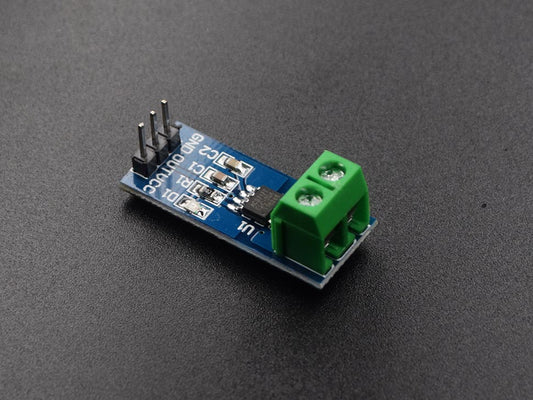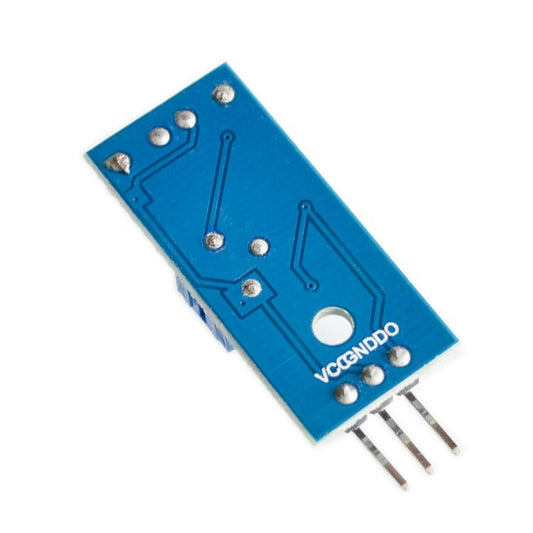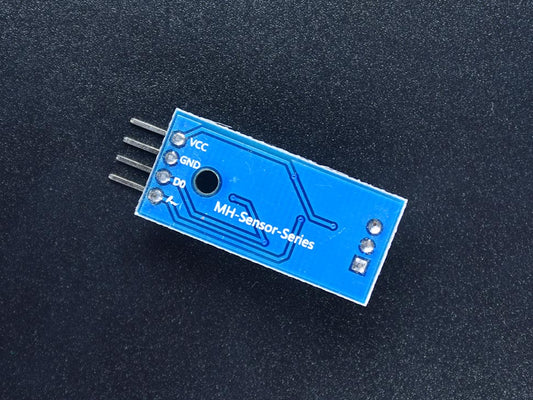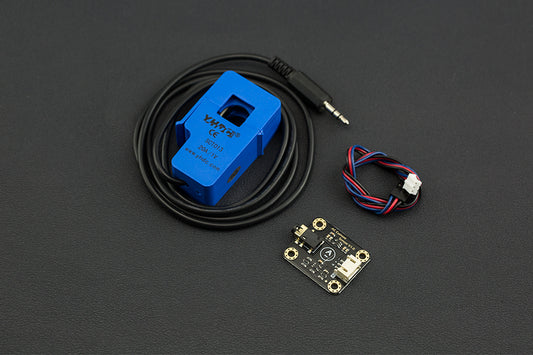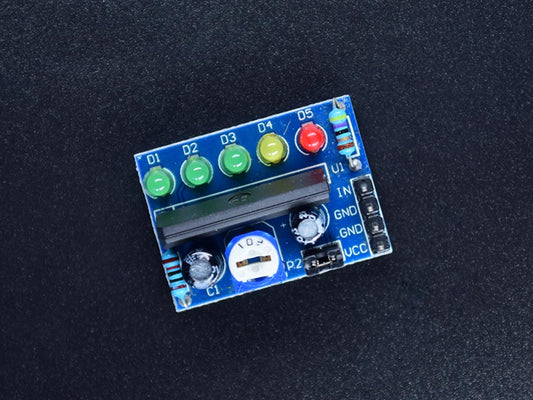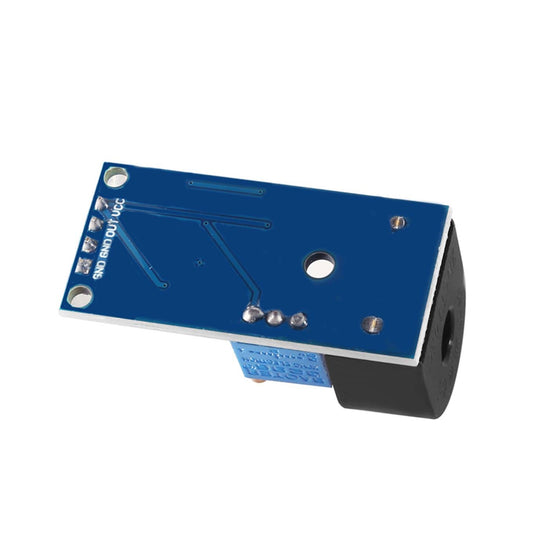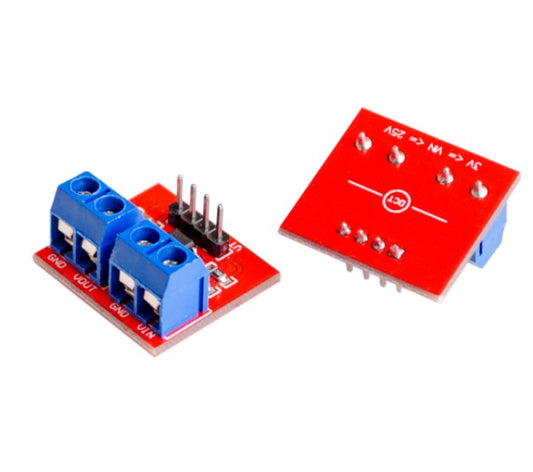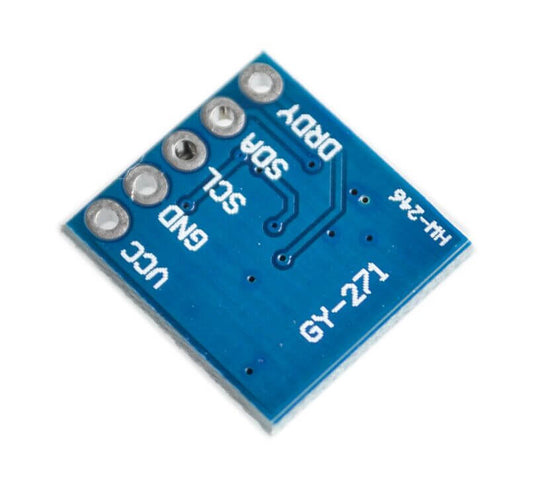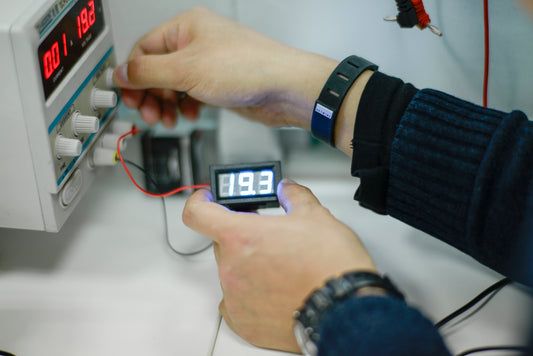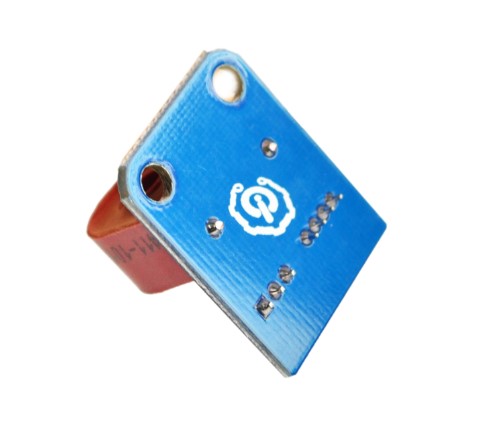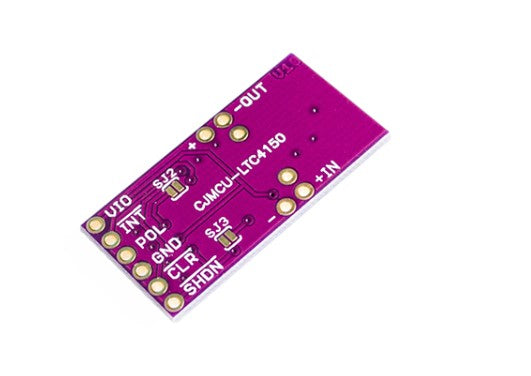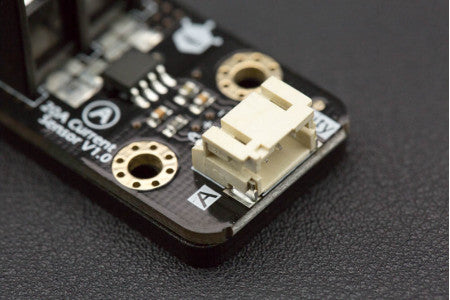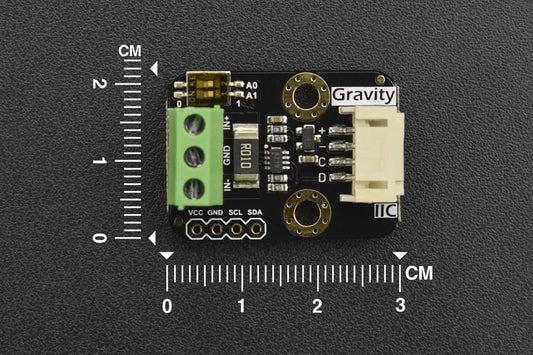Current, Voltage & Magnetic Sensors Philippines | Circuitrocks
Current, Voltage & Magnetic Sensors — Power, Energy & Motion Detection
Monitor electrical systems and detect magnetic fields with current sensors, voltage sensors, and Hall-effect magnetic sensors. Ideal for robotics, smart energy monitoring, automation, motor control, and power measurement using Arduino, ESP32, and Raspberry Pi.
Current • Voltage • Hall-Effect • Magnetic • Energy Monitoring
Why these sensors
-
Safe measurement: isolate high-voltage and mains loads
-
Accurate monitoring: digital I²C, analog & Hall-effect options
-
PH support: wiring help for CTs, INA modules & magnetic sensors
Popular uses
- Smart energy monitoring (home/industrial)
- Motor current sensing for robots
- Overload protection & safety cutoffs
- Magnetic field detection & rotation sensing
- Battery and DC power measurement
Sensor categories
Current Sensors
- Hall-effect ACS series
- Digital power monitors (INA219/INA226)
- Non-invasive CT clamps (SCT series)
Voltage & Power Sensors
- Voltage dividers & DC voltage monitors
- I²C power measurement modules
- Battery monitoring modules
Magnetic & Hall-Effect Sensors
- Hall switches (digital)
- Linear Hall sensors (analog)
- Rotary magnetic encoders
Tip: Choose Hall-effect sensors for isolation and safety when measuring high current or fast-moving magnetic components.
Sensor chooser (quick guide)
| Need |
Sensor type |
Notes |
| Measure DC current |
ACS Hall-effect sensor |
Galvanic isolation & smooth analog output. |
| Measure AC mains current safely |
SCT non-invasive CT clamp |
No electrical contact; ideal for home energy monitors. |
| High-accuracy voltage/current monitoring |
INA219 / INA226 |
Digital I²C measurements with high precision. |
| Detect magnets or rotation |
Hall-effect switch |
Great for RPM sensing, encoders, and door sensors. |
| Battery level monitoring |
Voltage sensor module |
Simple analog measurement of battery voltage. |
Always match the sensor type with voltage range, current rating, and the microcontroller’s input limits.
Starter bundles
-
Energy Monitor Kit: CT clamp + INA219 + display
-
Motor Power Pack: ACS sensor + Hall switch
-
Battery Monitor Set: voltage sensor + DC meter
FAQ
Can these sensors measure AC and DC?
Hall-effect sensors handle both; CT clamps measure AC only unless rectified.
Are they safe for high voltage?
Yes—non-invasive CTs and Hall-effect sensors offer isolation, keeping the microcontroller safe.
Do I need calibration?
Digital sensors like INA219 are factory-calibrated; analog CTs may need calibration for accuracy.
Do you ship nationwide?
Yes—fast shipping anywhere in the Philippines.
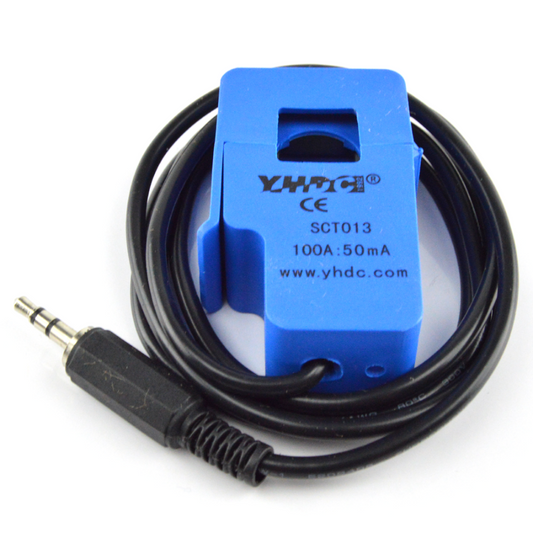 Sold out
Sold out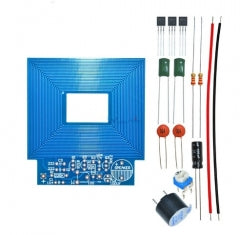 Sold out
Sold out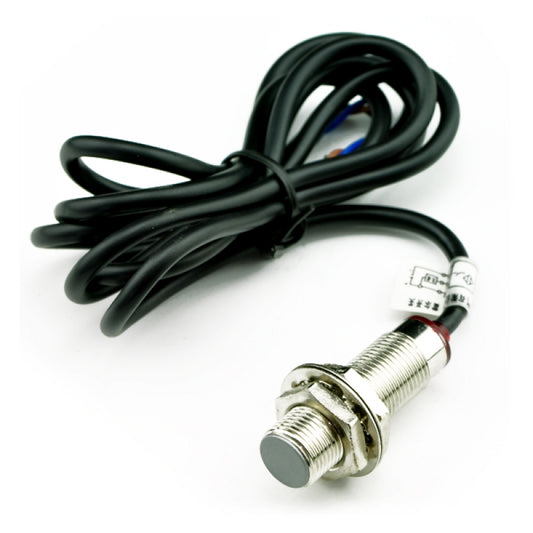
 Sold out
Sold out

